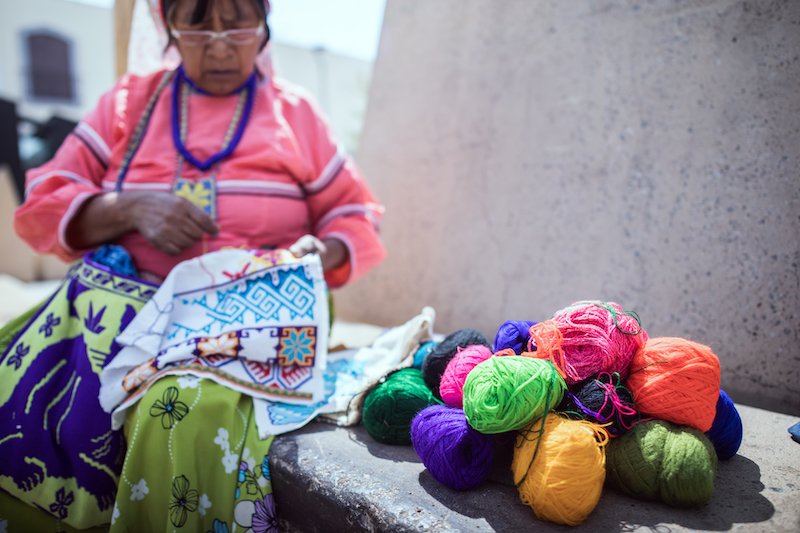Children of the Sun
Our retreats aren’t just about uncovering new destinations - they’re about making connections, benefiting from local insight, and exploring our values on journeys that bring about real transformation. We want to invite travellers familiar with TextileSeekers to join us, safe in the knowledge that every journey will provide new experiences that will stay with you forever, meeting each and every hallmark and pillar of our closely held values. Travel with me - Thao - and my dear friend Paco to Mexico City, where we’ll begin our Guadalajara retreat.
At TextileSeekers, we like to get away from the typical and predictable and be purveyors of expeditions to new cities, where new experiences and encounters form the beating heart of our valued retreats.
Our new retreat delves into a burgeoning city that is reminiscent of the old world Americana era. Being so close to the border of the US, cowboy traditions, rearing cattle, and the land have surfaced as key influences in the people’s traditions and cultures.
The Wixaritari territory is located in the Sierra Madre Occidental, in the north of the state of Jalisco. The municipalities where the highest concentration of Wixaritari are found are Mezquitic and Bolaños. There is a small community in Huejuquilla el Alto called Haitmasie which has a very magical and energetic sacred place, other municipalities where there are small settlements are Villa Guerrero, San Martín de Bolaños and Chimaltitan.
They call themselves "the children of the sun". This indigenous group is considered one of those who opposed the most resistance to the conquest and, currently, to the change of their customs and ideology. The culture (cosmogony) is one of the most important elements of their doing and being. Despite having been evangelized by both the Jesuits and the Franciscans, the Wixaritai have maintained their refusal to accept a new culture, although they have integrated rites, and have taken up various Catholic elements to syncretize them with their religion and enrich it, without thereby disturbing the fundamental meaning of their culture.
The language is recognized as a sacred element because you can access a magical and mystical dimension through song, performed by "the singer" (Tsaurirrika). Through song, the sacred stories of the Wixaritari people are told, such as those of corn, peyote (hikuri) and deer.
This ethnic group has a particular vision of its origin and history, forming a collective memory transmitted through its stories, art, and symbolic and cosmic representations.
Within the Wixaritari cosmogony, dreams have a great meaning for the development of life. Dreams are the central point of activities, since through them they can know how and when to do things and, above all, know if they will go well or not. Based on dreams, the Wixaritai make determinations such as naming their traditional authorities, giving names to children after five days of birth, specifying the day that the pilgrimage to Wirikuta (Real de Catorce) will take place, determining the date of their traditional festivals etc.
Join our inaugural retreat this coming November to experience this unique immersive experience.

